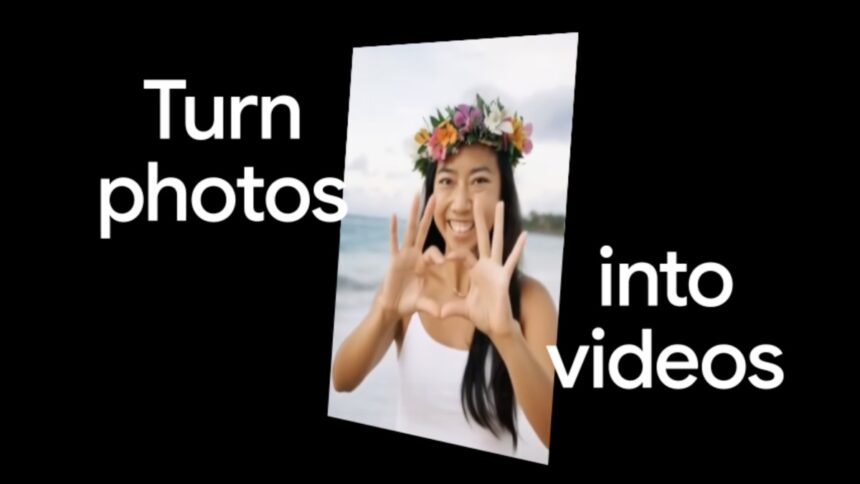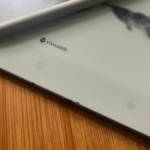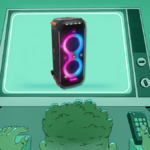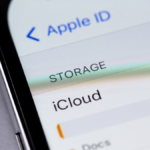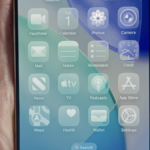The Emerging Dialogue on AI Video Creation: Deepfakes and Beyond
In recent times, the discourse around AI-generated videos has been dominated by concerns regarding deepfakes and misinformation. The capabilities of Google’s Veo 3 model are remarkable, producing videos so lifelike that they could easily mislead viewers. How confident are you that the video you just viewed was filmed live? Or could it have been straightforwardly created from a text prompt?
However, not every AI-generated video reaches such advanced levels. Some outputs are more playful novelties, typified by Google’s photo-to-video transformation tools. The company initially released this feature to subscribers back in April. Utilizing Veo 2, this tool animates static images based on user prompts, generating short videos of up to eight seconds in 720p quality. In contrast to the more viral content produced by Veo 3, these animations come off more as a gimmick—think of it as an artificial Live Photo.
Expanding Photo-to-Video Functionality
Google is actively enhancing the distribution of this feature across various applications, thus broadening user access. This month, the photo-to-video functionality became available to paid Gemini users, propelled by the Veo 3 model. Despite the improved technology behind it, the outputs remain limited to short, 720p videos. A significant enhancement in this iteration is the ability to add audio, which enriches the visual experience. Furthermore, as The Verge reports, this capability will also be integrated into Google Photos and YouTube Shorts for free users.
These new options in Google Photos utilize Veo 2, the previous generation of the technology. Notably, Veo 3 is anticipated to be available in YouTube Shorts later this season. Current limitations include the inability to enter custom prompts; instead, users can select from existing options or utilize a “I’m feeling lucky” button. For instance, an image of a pedestrian signal may morph into a clip of the signal’s figure engaged in a spirited dance. This example illustrates the feature’s lively possibilities.
Google Photos can generate videos up to six seconds long, with YouTube Shorts providing the user with greater control over video length. If the produced video does not meet expectations, there is an option to retry or provide feedback through a thumbs down, which assists in refining the model. A thumbs up also exists for satisfactory outputs.
As with all AI-driven tools, Google emphasizes that the photo-to-video function remains in an experimental phase, suggesting that outcomes could be unpredictable. This disclaimer serves as a precaution, ensuring that in the event of inappropriate content, responsibility does not rest solely on the company. All generated videos will feature clear labels indicating their AI origin, along with an invisible SynthID watermark embedded within to assist users in distinguishing real content from machine-generated materials.
The new features are currently accessible in Google Photos in the U.S. on both iOS and Android and will gradually roll out to YouTube Shorts in the U.S., Canada, Australia, and New Zealand over the upcoming week.
Intended Audience for These Innovations
The question arises: who truly benefits from these AI capabilities? While the novelty may appeal to certain demographics—imagine showcasing an animated rendition of a beloved pet—it’s worth considering the fleeting charm of such features.
Once the excitement subsides, the appeal may diminish quickly. Although sharing AI-generated videos with friends might be entertaining occasionally, the value of genuine photographs surpasses that of fabricated animations. Google’s illustration of a smiling man throwing leaves, which does not correspond to the bare reality depicted in the original image, only exemplifies this. It’s preferable to cherish a still image capturing an authentic moment rather than a conjured visual of an event that never occurred.


